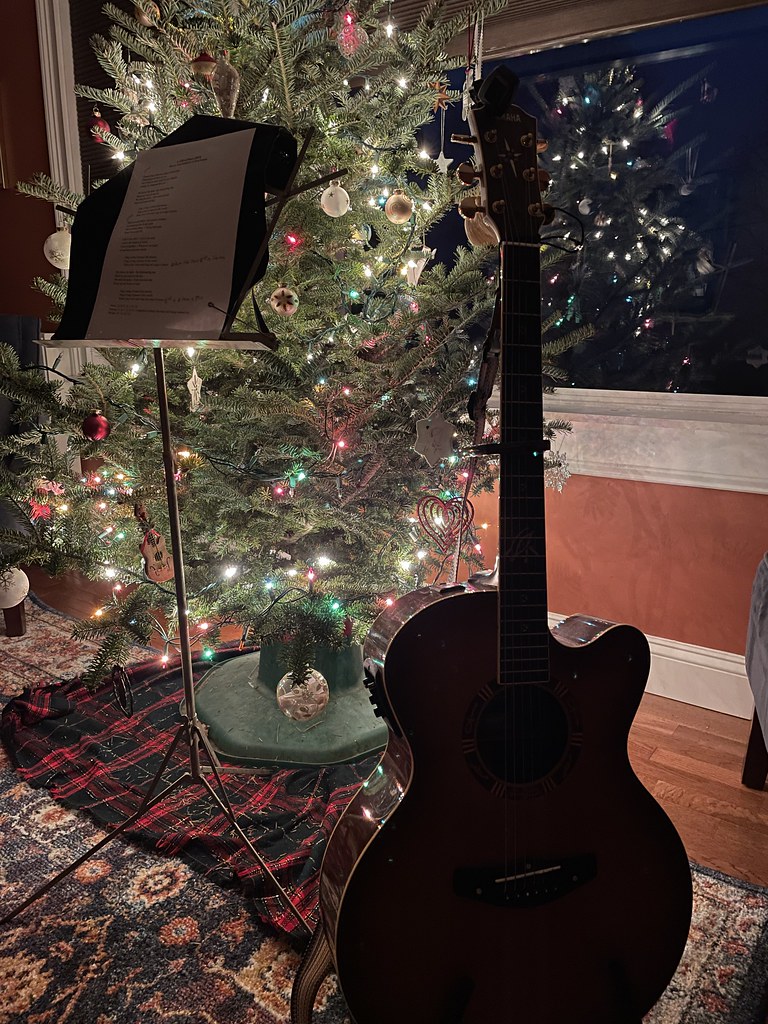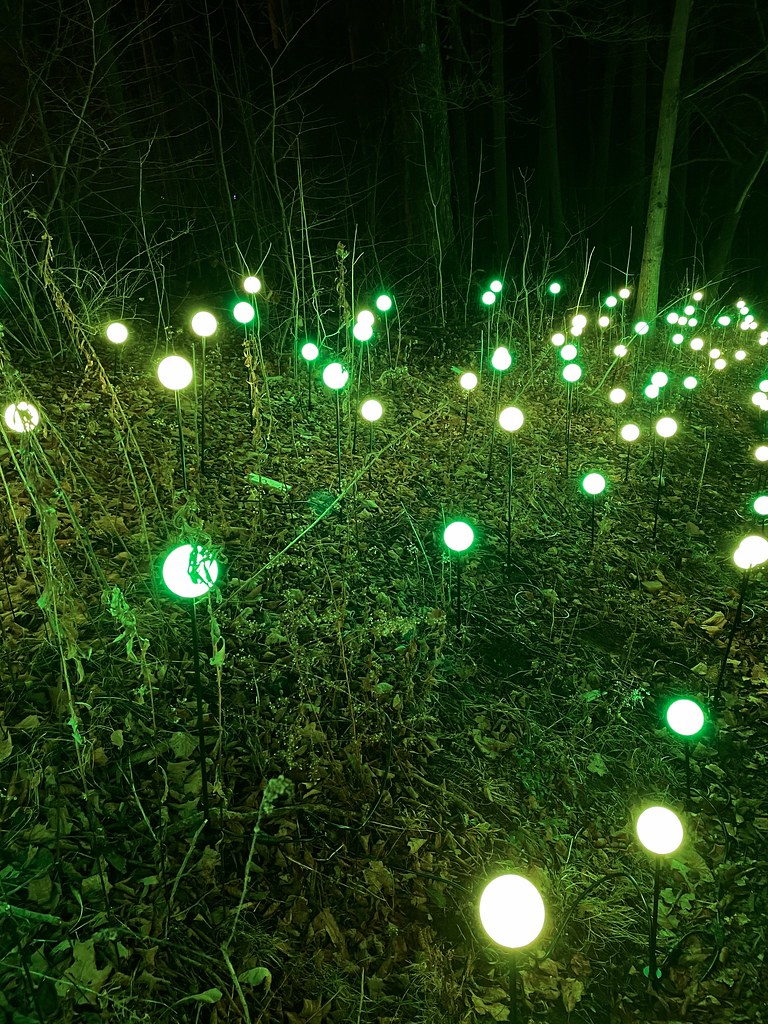Peace (and Joy),
Kevin
Film Festival: Emerging Filmmakers of Western Massachusetts
Last night, my eldest son – Colin — and his film-making friend, Lucas, hosted a free event at our city’s old and beautiful Academy of Music. The event — Emerging Filmmakers of Western Massachusetts — featured a series of short documentaries and movies from local people in our area. My son and his friend had two movies on the agenda — a music video and a documentary.
The theater with the big screen was packed with people, and it was a fun night but also a proud night for my wife and I as we watched our son showcase his talents and shine a light on other filmmakers, too. Plus, donations helped support the local food bank.
I was reminded, as we watched the movies, of how many short films my son and I did when he was young (and then his youngest brother, now in college, studying film, took up the baton years later — and in fact, his movie was shown in the same theater as part of kids’ film festival many years ago).
It was a lovely evening, with many old friends and families reconnecting.
Peace (and film),
Kevin
Gift Of Peace (Solstice 2023)
Each year, I try to do at least one or two different things with a song for the holidays that I wrote some years back with my friend, John Graiff. This year, I tried an acoustic version, with some slight musical and lyric changes, and last night, my friends Bob and Greg joined in playing and recording the song.
Here is the original version:
Peace (and light),
Kevin
Advent Of Love Poems: Week Three
This is another video collection of poems I am writing each morning, using mentor poems from Deanna M’s Advent Of Love collection.
Peace (and love),
Kevin
Wordsworth’s Words
Acoustic Guitar and Christmas Tree
DS106: Remix Monday (Week 4)
 I’m doing a five-week, every-Monday remix of a piece of art from the earlier days of DS106. (Read more about what I am up to here). This is week four. So one more week to go. It’s unusual for me to stay with something like over many weeks time. I am usually a move-quick and get-it-done-and-published, but I like taking some time here over a period of a few weeks.
I’m doing a five-week, every-Monday remix of a piece of art from the earlier days of DS106. (Read more about what I am up to here). This is week four. So one more week to go. It’s unusual for me to stay with something like over many weeks time. I am usually a move-quick and get-it-done-and-published, but I like taking some time here over a period of a few weeks.
For this week’s activity, I took the text from the original image (the text has become my main focus for remix) and pulled it into Lumen5, which is a video-making site. I decided against photographic images, which is usually how Lumen videos are created, and instead, I used one of its templates with designs. I think that makes more sense for what I was looking for in the words flowing from one phrasing to another.
Peace (and Remix),
Kevin
CLMOOC Silent Sunday
Google’s New AI Tool: MusicFX
I have long been interested (sometimes, alarmed) by how some of the new machine learning/AI tools might impact the making of music. Mostly, I have not been all that impressed (good thing for human music composers, right?) but I also know that the technology is only getting better. (See some earlier posts)
The results have been awful or weird or un-listenable.
Google just released its new tool called MusicFX in its AI Test Kitchen (so, you know, beta) and, well, it’s a big leap forward to what I was playing around with just a few months ago. You write in text about the kind of music you want, and you can add genre, instrumentation, etc, and the site generates a 30 second track. The few experiments I did sounded decent.
Bad news for human music composers? Maybe.
Peace (and sound),
Kevin
PS — there’s also a new TextFX in the same platform but I can’t for the life of me figure out its value.
Advent Of Love: Week Two
This is another video collection of poems I am writing each morning, using mentor poems from Deanna M’s Advent Of Love collection.
Peace (and love),
Kevin




